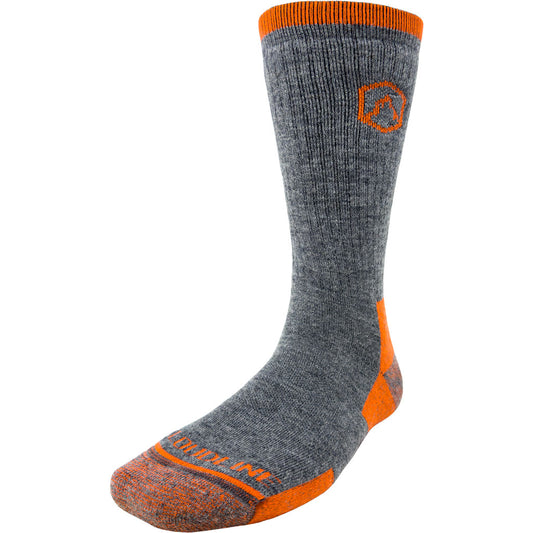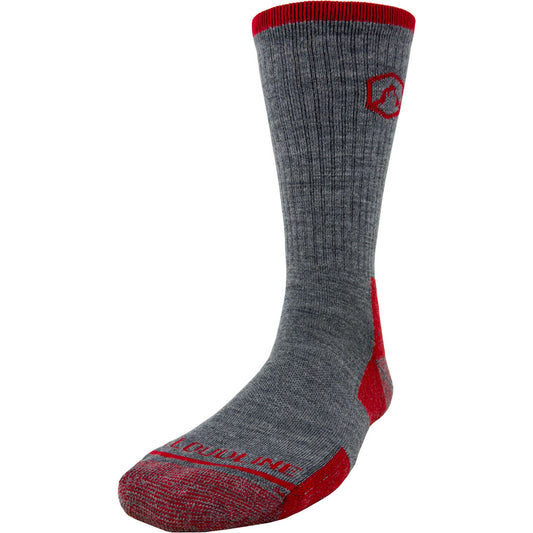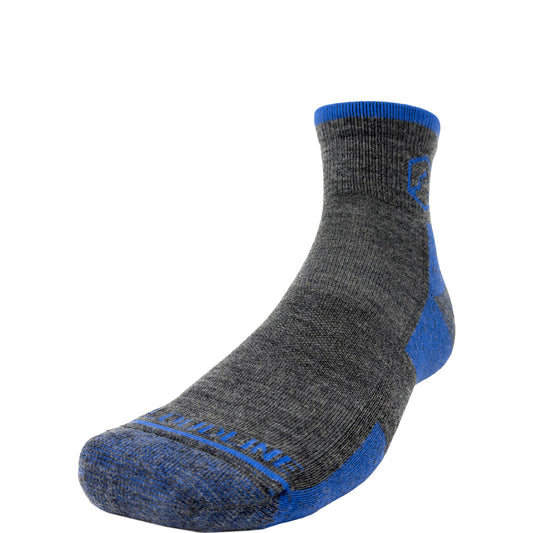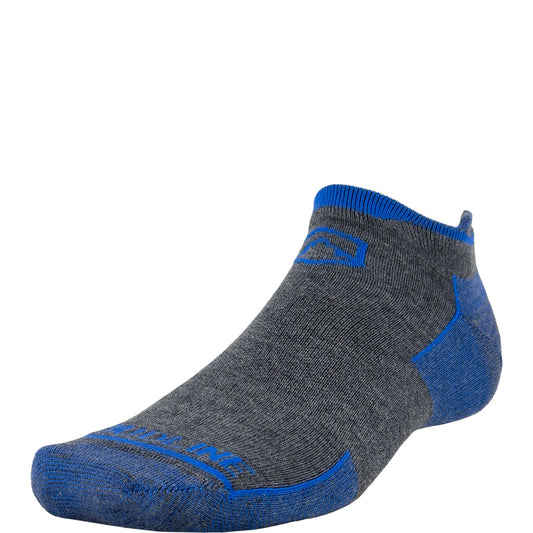
How To Bathe in the Backcountry: 3 Simple Ways To Get Clean on the Trail
When you discover your love for the outdoors, there are a lot of basic, everyday activities you have to learn to do outside. For example, sleeping in a tent looks a little different than it does in your bed. And cooking over a camp stove isn’t always as straightforward as using your electric burner in your kitchen back home.
Hygiene — and specifically, bathing — is another common routine that you have to relearn for the backcountry. While you may be tempted to just skip bathing altogether while on the trail, it’s often worth it. Sure, a couple of nights without a shower won’t kill you, but keeping clean on the trail is good for your health, and frankly, your spirit. Feeling fresh can go a long way when you’re hot, sore, and tired.
If you’ve never bathed in the backcountry before, don’t sweat it. Below, we dive into three methods for simple backcountry bathing that’ll have you feeling squeaky clean in no time.
Backcountry Bathing: 3 Methods

If you’re a frequent car camper and want to shell out some cash for a convenient option, you can invest in one of the many outdoor shower systems on the market. But they can be bulky, so they aren’t ideal for a backpacking trip. If you’re heading into the backcountry on foot, you’ll want to plan on using one of these alternate bathing methods.
1. Take a backcountry swim
If you’re lucky enough to camp near a lake or stream, taking a dip in the water can be a quick, easy, and pleasant way to bathe. In order to leave no trace and to keep backcountry water sources clean, don’t use soap during your backcountry baths — even if it’s biodegradable. A good rinse will do wonders on its own. After your dip, dry in the sun or use a microfiber towel to speed up the process.
Even if an enticing alpine lake or mountain stream is there, a backcountry swim isn’t always a good idea. Keep potential hazards in mind, including hypothermia, rapids, or dangerous currents. And while it’s crucial to look out for your own safety, keep in mind the health of the water source, too. Certain areas may prohibit swimming to protect the water’s delicate ecosystem, and it’s important to always follow these guidelines.
2. Take a wipe or washcloth bath
When there isn’t a suitable lake for a swim or it’s too cold to fully immerse yourself, a wipe or washcloth bath can be a convenient alternative.
As far as wipes go, choose a brand that’s unscented to avoid attracting bugs or wildlife. While it’s easy to find biodegradable wipes, it’s best to always pack them out along with the rest of your trash.
If you choose to go the washcloth route, bring a bit of biodegradable soap along with your cloth or bandana. For a quick and easy bath, wet your cloth and add a tiny dab of soap. Find a secluded spot to strip down and scrub. Clean your face first, then tackle the dirtiest parts of your body last, rinsing your cloth and adding small amounts of soap as needed. If there’s any soap residue left when you’re finished scrubbing, wet your cloth with water and give yourself a rinse. Afterward, dry off with a clean microfiber towel.
3. Take a bucket shower
Sometimes — especially if the weather’s warm, you’re particularly dirty, or there’s an abundance of water near your camp — a bucket shower is the way to go. It’s a bit of a hybrid between a washcloth bath and a swim, and a good compromise if swimming isn’t an option but you want more of a thorough clean.
For this method, you’ll need a water source, a container for water, and a dry microfiber towel. If you want to get really clean, biodegradable soap and a washcloth may come in handy.
Find a secluded spot and strip down. Set your clothes and towel a few feet away to ensure they don’t get a shower, too.
Fill your container with water and dump it over yourself, repeating until your whole body gets a good rinse. Using your hands or washcloth, scrub yourself clean. If you decide to use soap, add just a drop directly to your washcloth.
After a thorough scrubbing, give yourself a rinse with more clean water before drying off with your towel.
Note: If you’re taking a bucket shower next to a stream or lake, don’t use soap. If you want to use soap, shower at least 200 feet away from any water source.
Additional Tips for Staying Clean on the Trail

A backcountry shower can feel fantastic, but the reality is, you don’t always have the time, energy, or ability to take one. But showering isn’t the only way to maintain personal hygiene on the trail. Use these tips on their own or in addition to showering to stay clean and healthy on your backcountry adventure.
- Wear merino wool: The clothes you wear in the backcountry can go a long way in giving you a fresh feeling on the trail. Wearing merino wool in the summer is a great idea. It’s breathable, dries fast, and is naturally odor-resistant. We definitely recommend merino wool socks, but merino tees and underwear are great, too.
- Bring extra socks and underwear: For a shorter trip, you may be packing light. But an extra pair of socks and underwear can go a long way in helping you feel your best on the trail. While you may decide an entire second outfit is overkill, switching out your socks and underwear is a little luxury you don’t want to skip.
- Wash your clothes: If you’re on the trail for more than a few days, it may be worth giving your clothes a quick wash. Fill a dry bag or another container with water and a drop of biodegradable soap. Add your dirty clothes, seal the bag, and shake and massage its contents. Empty the bag 200 feet from any water source, then repeat the process with water — no soap — until all the soap is out of your clothes. Hang everything up or lay it on rocks in the sun to dry.
- Use hand sanitizer: While bathing and washing your clothes can go a long way in making you feel clean, doing so doesn’t mean germs aren’t a concern in the backcountry. Make sure you use hand sanitizer liberally after using the bathroom and before eating.
- Brush your teeth: Your nightly routine surely looks a little different on the trail, but it should still include thorough teeth brushing. To do so, wet down your brush and add a little dab of toothpaste. After brushing, spit in a wide, half-circle motion — kind of like a sprinkler. Swish some water around for a final rinse, and spit in the same motion. Doing so helps dilute the toothpaste’s impact on your surroundings.
Whether you’re heading out on an extra long day hike, a weekend backpacking trip, or a two-week-long wilderness expedition, good hygiene goes a long way in helping you feel your best on the trail. Take care of both yourself and the great outdoors with these backcountry bathing tips.
Need an extra pair of merino wool socks for your next adventure? Check out our collection of Cloudline hiking socks for an odor-resistant pair that’ll keep your feet feeling fresh.




